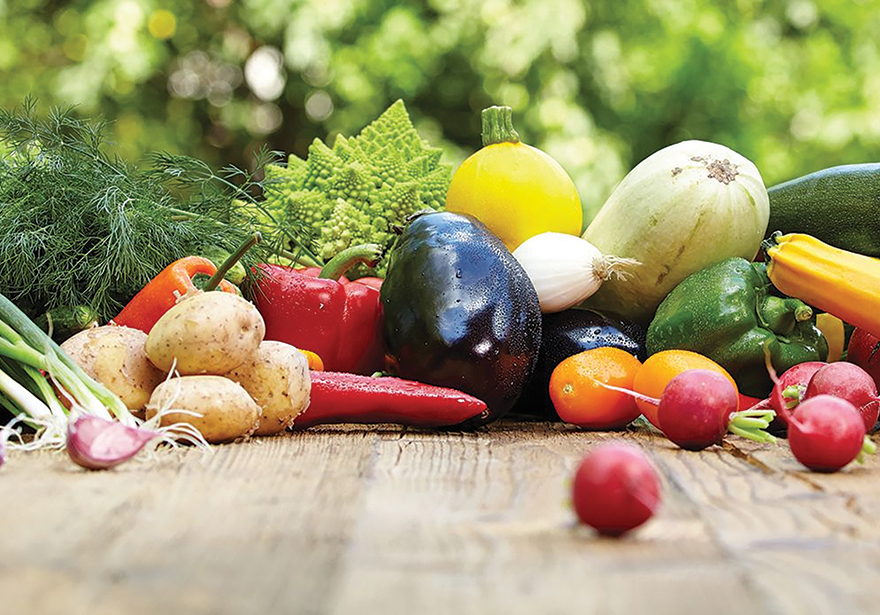How many ingredients does your edible food product contain and do you know where all those ingredients come from? If you say “Costco” or “The Local Farmers Market” then you do not have total knowledge of your product and may find yourself in a difficult situation if customers get sick and you can’t identify the origins of each ingredient.
Product recalls happen all the time. The FDA even has a website (https://www.fda.gov/Safety/Recalls/) that allows you to look up the latest food recalls and why they occurred. Typical examples include undeclared allergens, contamination with pathogens or spoilage, mislabeled packages or even unsafe instructions on how to cook or consume the product.
The FDA and USDA regulate and oversee the safety of all non-medicinal food products in the U.S. Unfortunately, the cannabis edible industry does not have guidelines on how to keep track of your ingredients as they work their way from the farm to your kitchen. It is up to the food manufacturer to fully own that responsibility. Here are a few tips to help you tighten your control over both ingredients and finished products as they work their way through the system and into the dispensary.
Allergen Control: Always keep your allergen ingredients in a separate area of your food production space. The common allergens in the U.S. include Soy, Wheat, Dairy, Seafood, Shellfish, Nuts, Tree-nuts and Egg. Label the allergens clearly as “Allergens: Nut or Allergens: Soy” and attach that label to all the boxes that contain allergen ingredients.
Temperature Monitoring: All temperatures in your process should be monitored. This can be done using automatic temperature charts or by having a scheduled person check temperatures at specific times during the day. Temperatures that need to be monitored include any area that, if the temperature is not where it needs to be, can affect your product in a negative way. The most important temperature controls are your refrigerated storage, frozen storage and any cooking temperatures. The warehouse temperatures are important as well especially if raw materials are being stored long term.
Incoming Ingredient Documentation: All ingredients that arrive at your production facility should be documented. Ideally your ingredients are coming in from an ingredient supplier who can give you best by dates, production lot codes as well as a “certificate of analysis” (COA). Every ingredient should be assigned a lot code number that you, the manufacturer, can refer back to as the ingredient used in a particular batch of finished food.
Finished Product Code Dates: If your production runs are small, then a best by date should be enough information to allow trace-back if someone were to get sick. However, if you are producing multiple lots of food product on the same day, and using different batches of ingredients per run, you should assign a different code number to the separate batches of product even if made on the same day.
Ingredient Supplier Paperwork: Always make sure your ingredient suppliers provide you with all the paperwork you need in case of an emergency. For example, if you make a batch of cookies and the chocolate chips come from the local chocolate shop, make sure they tell you when they manufactured those chips. Get a date and their lot codes as well.
Any step in the edibles production process that involves documenting the origins of your ingredients should be captured in an online database that will allow easy trace back. You will be glad you have this documentation in place if you find yourself involved in a lawsuit or are being wrongfully blamed for someone’s foodborne illness.
Rachel Zemser, www.cannabisculinologist.com
